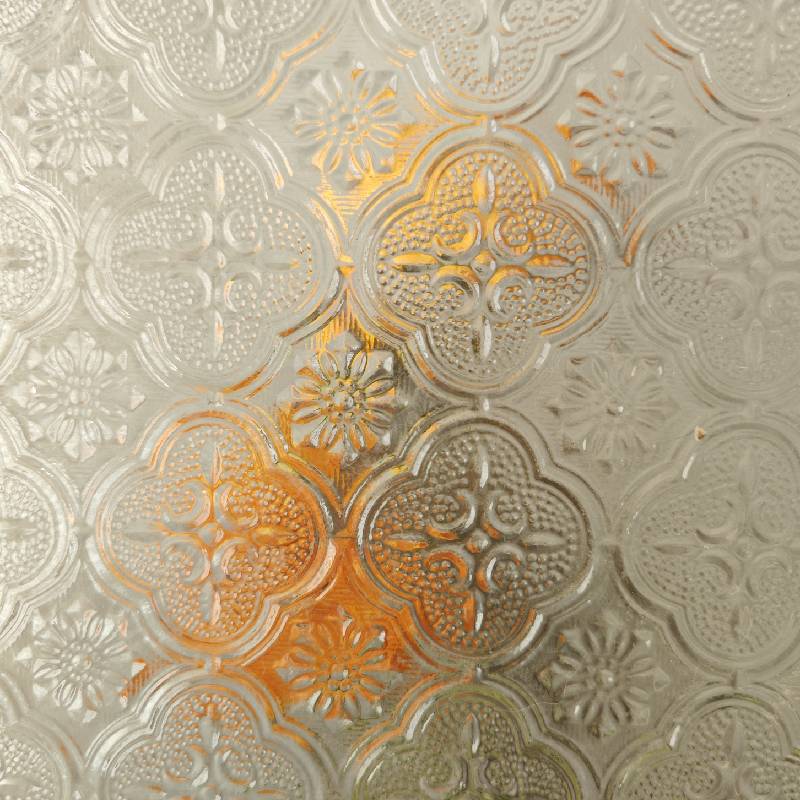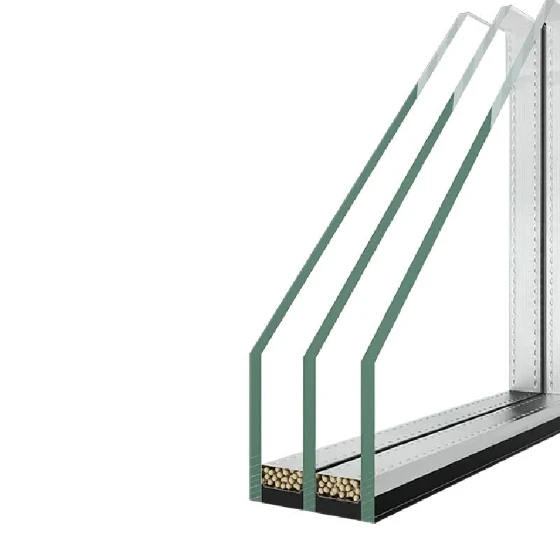Understanding the cost of mirror glass per square foot is crucial for anyone planning a renovation or interior design project. Mirror glass serves not only a functional purpose but also enhances aesthetic appeal, creating an illusion of space and injecting a touch of elegance into any setting.

When considering the investment in mirror glass, several factors play crucial roles in determining the final cost. These factors include the quality of the glass, its thickness, size, customization options, and any additional treatments it might undergo.
Mirror glass quality varies significantly. High-quality mirror glass, which is usually clearer and has fewer imperfections, tends to cost more than standard mirror glass. It provides better reflection without distortion, a critical feature in settings where visual clarity is paramount, such as retail environments or personal grooming spaces. Opting for top-grade mirror glass can increase costs by $3 to $5 more per square foot compared to standard options.

Thickness contributes to the pricing model as well. Thicker mirrors are heavier, more robust, and tend to resist warping over time. A standard thickness is typically around ¼ inch, but opting for thicker glass such as ½ inch or more can provide a more premium feel and increased durability, adding $2 to $4 per square foot to the total cost.
Size is another determinant. Larger mirrors require more raw materials and are more challenging to produce, transport, and install. A bulk order or a unique dimension cut deviates from standard sizes, often resulting in higher costs due to the intricacies and potential wastage involved in the custom cutting process. This customization can add an additional $10 to $20 per square foot.
cost of mirror glass per square foot
Customization extends beyond mere size, encompassing decorative elements such as beveled edges, engraved designs, or antique finish applications. Each embellishment involves additional labor and materials, which can significantly boost the price. For instance, opting for a beveled edge can increase the price by around $5 per square foot.
Reflective coatings and treatments also play into cost considerations. For instance, some mirror glass might have anti-fog or scratch-resistant coatings, which enhance usability and longevity but at a premium. Such specialized treatments may add $1 to $3 per square foot.
It's not uncommon for the cost of mirror glass to fluctuate based on geographic location and the supplier's pricing strategy. Urban areas, where demand and overhead costs are typically higher, may see an increase of 10% to 20% in costs compared to rural regions.
Gaining authoritative insight into market trends can guide budget planning for home or commercial projects. Consulting with experienced professionals or interior designers who have handled extensive mirror installations can offer realistic pricing expectations tailored to specific project needs. Checking reviews and testimonials, and asking for recommendations from past clients can also bolster decision-making by ensuring that suppliers are trustworthy and offer transparent pricing.
When evaluating the cost of mirror glass per square foot, considering these influential factors and the associated financial impact can provide clarity for budgeting processes. Prudent planning, alongside leveraging expert advice, ensures that mirror installations not only achieve an intended aesthetic appeal but also align with quality expectations and financial constraints.



